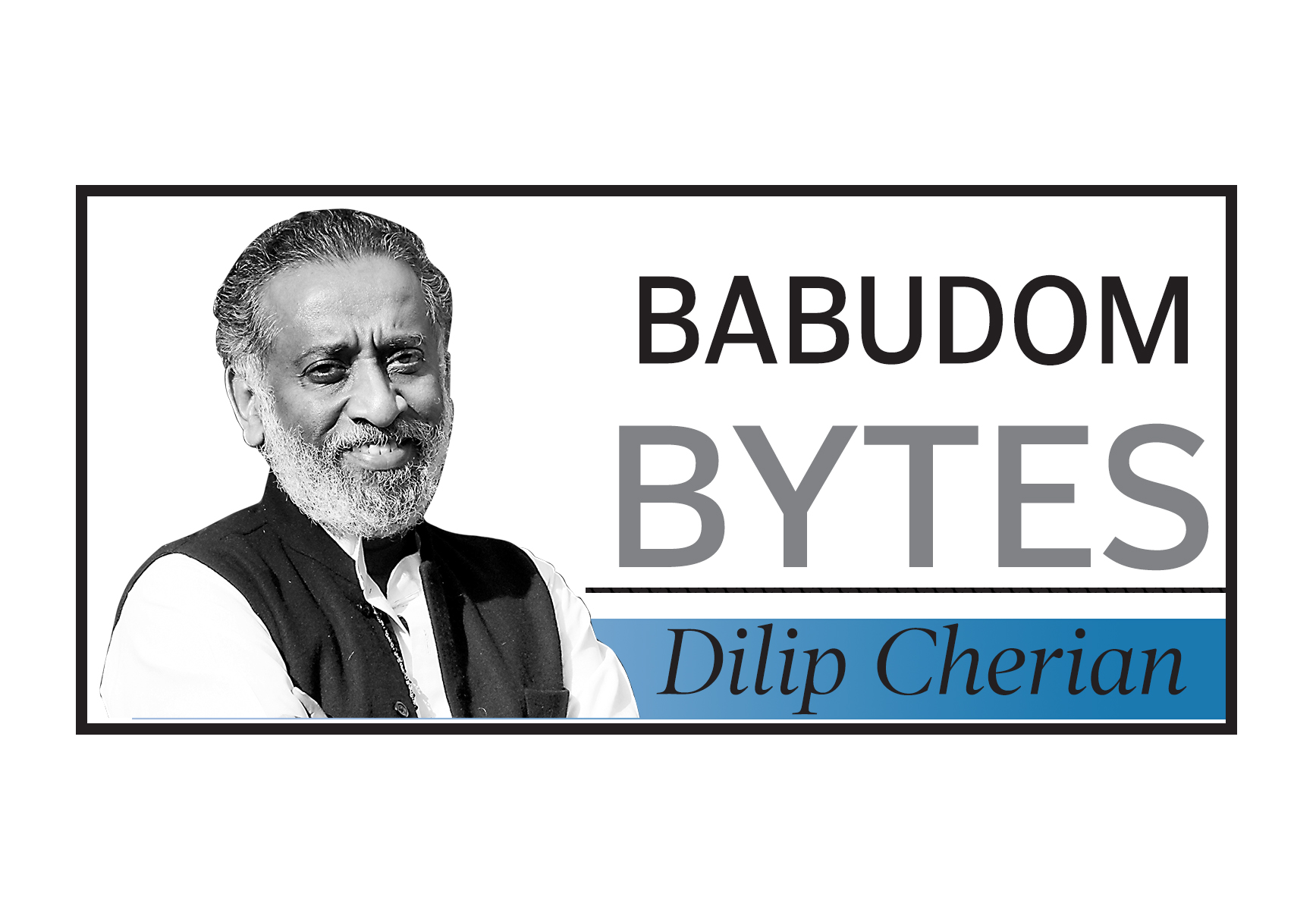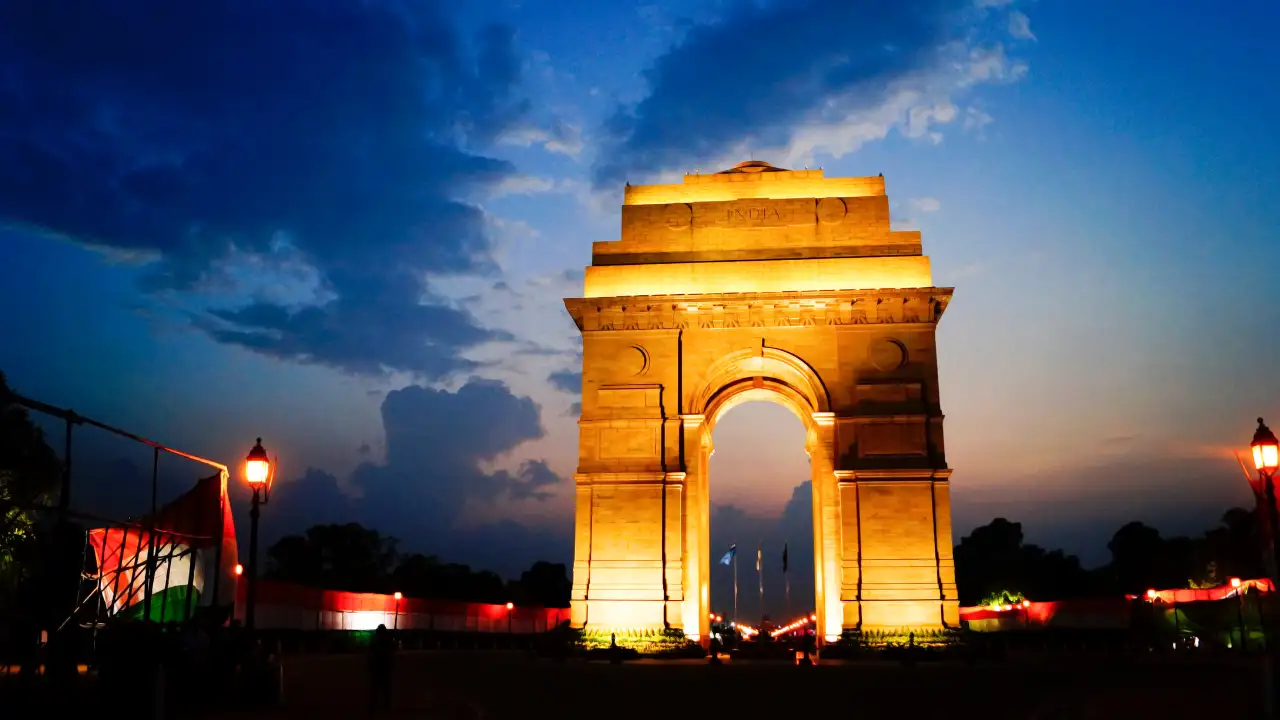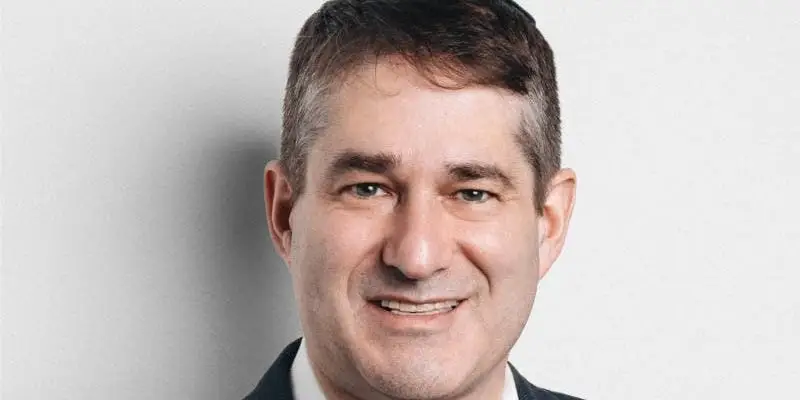Copyright orissapost

It’s not every day that a Prime Minister spends hours in brainstorming sessions with senior bureaucrats. But that’s exactly what Narendra Modi has been doing. Recently, he was huddling with his top babus in marathon meetings to “reboot governance” under the Modi 3.0 banner. The optics are familiar, but this time the pitch is grander: to reimagine how the government works, from decision-making speed to accountability and delivery on the ground. The move comes at an interesting juncture, after two terms of muscular policy-making from GST to digital India to big-ticket infrastructure. Modi seems to have realised that new laws and slogans alone can’t move the needle if the babus are stuck in old habits. Governance reform, not just policy reform, is now the frontier. The talk is of efficiency, synergy, and faster execution. The mood is one of a systems audit, where the government wants to check what’s clogging the pipes, not just what’s flowing through them. Observers note that such optimism needs tempering. Bureaucracy reform is the hardest of all reforms. Every Prime Minister since Nehru has promised to “modernise” it; none has cracked it. India’s civil service was designed for control, not creativity. Its rewards often flow from seniority, not performance. So unless Modi’s reboot redefines incentives, builds accountability into the system, and protects honest officers from political whiplash, we’ll be back to the same PowerPoint reform syndrome, all big talk, small change. Still, it’s worth noting that the Prime Minister is engaging the babus rather than lecturing them. That, by itself, is a small cultural shift. Modi’s reboot may well leave a lasting mark, but for now, it is a bold idea still waiting for its real-world update. The resignation that never was The latest twist in the Kannan Gopinathan saga tells us something about how India’s babudom can quietly bend rules without breaking them. Gopinathan, who resigned from the IAS in 2019 after speaking up on civil liberties, says the government never formally accepted his resignation. Now, six years later, as he joins Congress, his exit is still “pending.” Under service rules, an officer’s resignation is normally accepted unless there’s a disciplinary inquiry or pending dues. Since there is no fixed time frame for this process, this omission gives the government an open-ended discretion. That gap between what’s written and what’s practised is where the system operates best. In Gopinathan’s case, the lack of a clear “yes” or “no” effectively trapped him in a bureaucratic no-man’s land: he is neither a serving officer nor a free citizen. This is less about one officer and more about the larger culture of administrative convenience. If a resignation can remain in limbo for years, the message is clear: the system never really lets go. It also raises an awkward question: whether the government has the unilateral power to delay or ignore a resignation indefinitely? If the rulebook says “normally accepted,” then the exception should be justified, not normalised. Ultimately, Gopinathan’s predicament underscores the need for procedural clarity. The civil service shouldn’t function like a flytrap for conscience. A rule-based system must apply its own rules, even when the officer happens to be inconvenient. CRPF’s rewiring The CRPF has just rewired itself for the fight it’s actually fighting. The country’s lead anti-Naxal force has reoriented its command structure, aiming for sharper coordination and faster decisions. It’s the kind of reform that sounds dull on paper but can make all the difference on the ground, and ideally, should have been done long ago. For decades, the CRPF has been the workhorse of India’s internal security. It is overstretched, under-praised, and often bogged down by an old-school hierarchy where every decision had to crawl up a chain of command before anything moved. That doesn’t work in the jungle. When you’re tracking insurgents who vanish as quickly as they strike, every delay is an opportunity lost. The new structure is meant to fix that. A Special Director General will now handle all operations, including the elite CoBRA battalions, intelligence units, and tactical wings. Another will manage logistics and administration, a third will focus on training and capacity-building, and support functions will get a dedicated Additional DG. In theory, it’s a neat redistribution of responsibility that eliminates overlaps and encourages accountability. But structure, as every babu knows, isn’t destiny. The real test lies in whether the CRPF can translate this reorganisation into quicker, smarter, and more adaptive field operations. Will ground intelligence finally reach decision-makers in real time? Will red tape stop strangling initiative? Will troops feel the difference? If these new lines on paper translate into fewer casualties, tighter operations, and faster responses, this could be the moment the long war against left-wing extremism truly begins to wind down.



